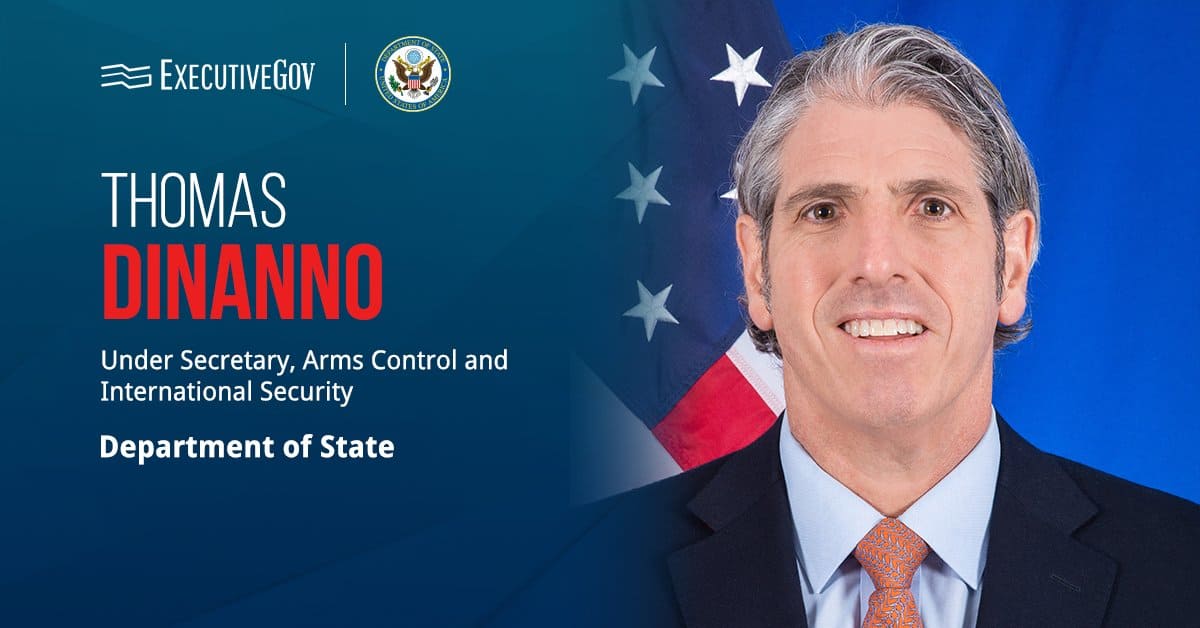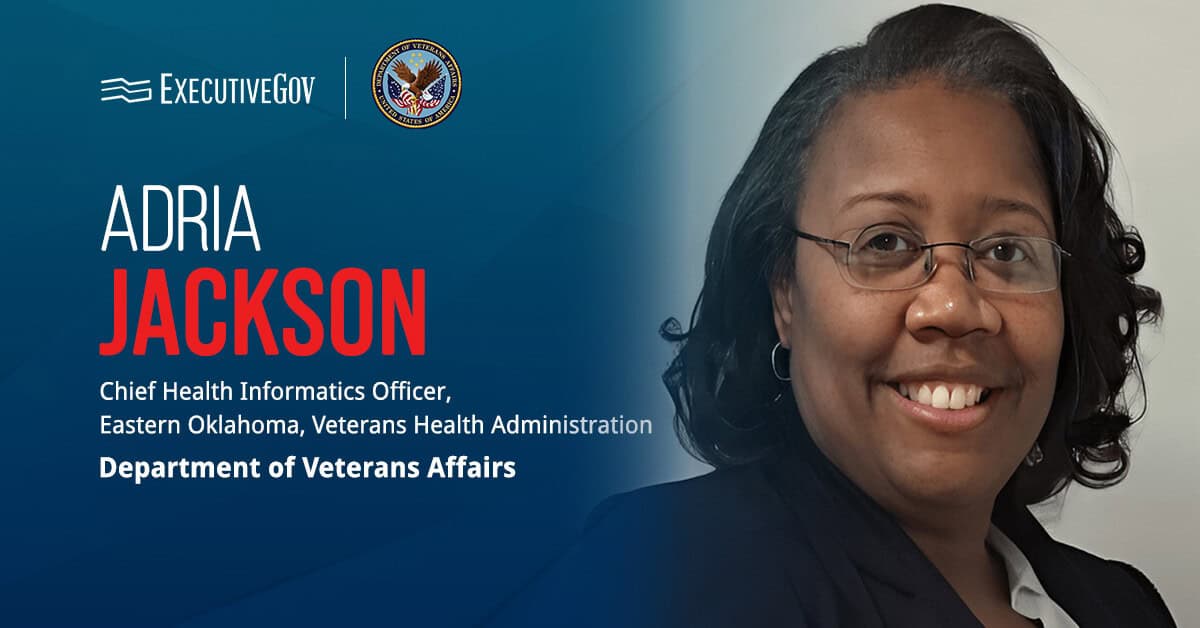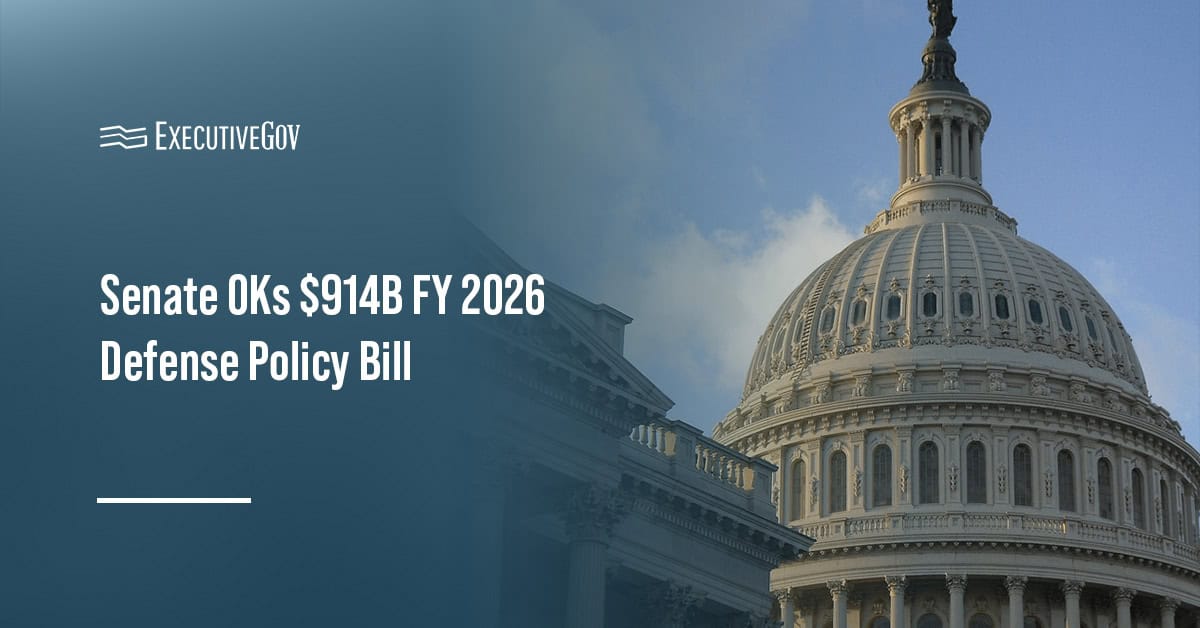Lael Brainard, vice chair of the Federal Reserve Board, told the House Financial Services Committee that she believes a central bank digital currency, stablecoins and commercial bank money could exist together in the future financial system.
Brainard said in her written testimony published Thursday that establishing a CBDC to complement cryptocurrencies would offer “a safe central bank liability in the digital financial ecosystem, much like cash currently coexists with commercial bank money.”
Conservative investors may find a CBDC attractive in stressful times and the potential wide availability of a digital banknote can possibly lower aggregate banking deposits, the Fed official added.
She proposed offering zero interest-bearing accounts or imposing consumer limitations if the Fed decides to move forward with CBDC development as part of risk mitigation measures.





